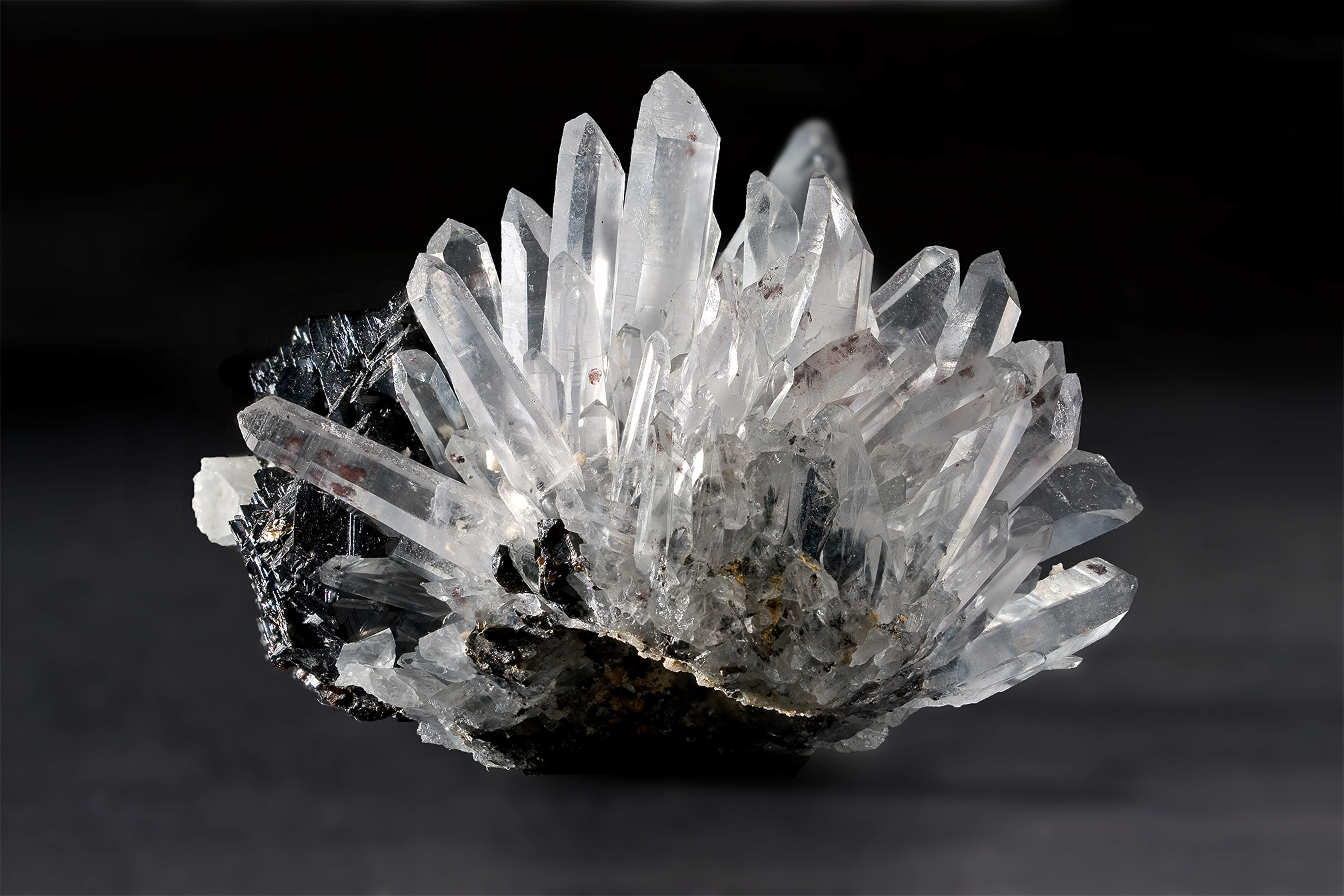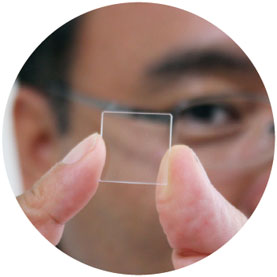As we feel the season shifting into the colder, calmer
weather we can sense a shift in ourselves. It can be one of homeliness as a
shield against dropping temperatures or it can inspire us to be outside in the
changing weather itself. We can feel the need to set up our defenses as we did
surviving amongst the trees, foraging and hunting what is left once the cold
became apparent. And we can also find the weather brings a sense of clarity and
calm if we choose to embrace the chill in the air. Both of these natural
inclinations may be correct, or maybe a mixture of the two, but our yoga
practice can help us acclimate to the familiar shift.
Fall can inspire cravings for rooted foods such as yams and
ginger or deep spices such as cinnamon. This is
a physical example of the
cravings of our energetic existence. To be rooted. To be grounded. To be
plugged into the earth, if not to avoid the gusts of winter winds to come but
to prepare for the next big shift that happens with the marking of another
calendar year gone. Fall can be about listening to these cravings, whether from
the couch with a blanket and a book, from the kitchen while cooking for family or
playing football in the yard where no one ever seems to get tired.
Yoga can help to root ourselves where we are and who we are.
Tadasana, or Mountain pose can be a quick way to ground our energy. If you’re
not sure what I am talking about then I invite you to try it.
Mountain Pose
Stand anywhere you’d like. Anywhere you can devote a moment
of quiet to yourself. Imagine you are
pressing your feet into whatever you are
standing on. It can be the floor of the office elevator or on the grass in your
favorite park. Take a slight bend in the knees. This helps to release tension
in the joints and forces the muscles of the legs to slightly engage. Now bring
the navel in towards the spine. This takes any tension out of the lower back, a
part of the body that takes a beating from daily stress and poor posture. Bring
your shoulders up towards the ears then slide the shoulder blades down and over
the muscles of the back. Bring the chin in towards the neck to elongate the top
of the spine. Imagine that you are connected to the ceiling above you by the
crown of your head.
Now here is the hard part.
Stay here. Stay quiet. Stay focused on your breath. Notice
the way it moves in the body. Feel warmth radiating from your navel point. You
are aware of the changes around you, even the subtle ones. And you are aware of
the stillness within your body, growing and comforting vastness that never
accelerates, never doubts and never diminishes despite its presence sometimes
hidden. There we are rooted.
In my Yoga for Beginners class on Saturdays from 11-Noon, we
will be exploring more on transitioning with fall. We will be working on gentle
twists as a way to release our experience of summer, grounding as to not be
swayed from who we are as things change and open palmed mudras to stir new
experiences in us as life shifts around us.
By Pam Armendariz








